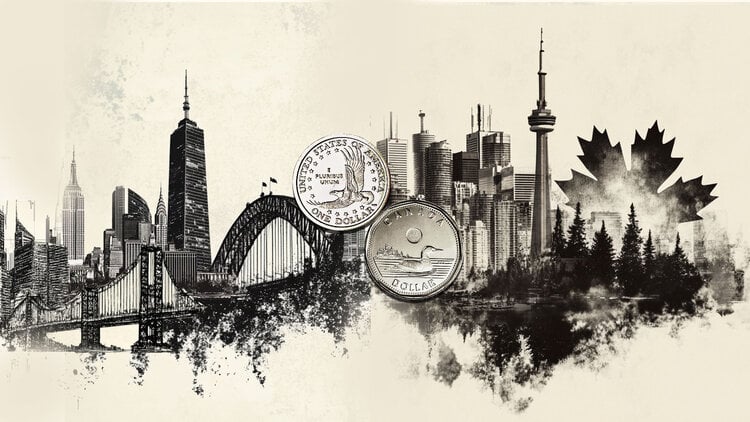For a week Bologna has been going at thirty miles an hour. The limit announced more than a year ago has come into force on most of the city's streets, with the possibility of being fined. It is not the first Italian city to do so, but it is the largest, and there has been no shortage of controversy at a local level, from traders to taxi drivers, and nationally with the intervention of Matteo Salvini. “I have a duty to protect the mobility of those who take the car to go to work,” said the Minister of Infrastructure, although lowering the speed limit on the urban streets of large municipalities is also a campaign of his department. He recalls the motivations of the ministerial campaign Legambiente dismantling the objections raised by Salvini and beyond. “It has been proven that 30km/h, without slowing down circulation, drastically reduces the risk of mortality and improves mobility and air quality” explains the association.
Is going at 30 km/h or 50 km/h the same thing in terms of road safety?
On a scientific level, the 30 km/h rule has been established because it is a limit which, without slowing down circulation, it drastically reduces the mortality risk percentages: at 30 km/h the mortality is practically residual and occurs only in less than 10% of cases in which the impact is equivalent to a fall from the first floor, while already at 50 km/h the collision coincides with a fall from the third floor and the probability of a fatal accident grows to over 50%. Furthermore, by going at 30 km/h it is possible to have a stopping distance of 13 metres, while at 50 km/h it will no longer be possible because the stopping distance is more than double and stands at around 28 metres. At 30 km/h the driver's viewing angle doubles compared to 50 km/h and therefore it is much easier to have control of movements on the road and a much wider and better controlled ability to intervene.
Does it take longer to move at 30 km/h?
Actually the average travel speed in urban areas is already very low and never exceeds 30 km/h. In Europe they range from 19 km/h in London and Berlin to 26 km/h in Warsaw. In Italy, characterized by the highest number of cars per capita in Europe, the urban centers are congested and the average travel times are among the lowest and in any case well below 30 km/h13. In Bologna, in particular, according to TomTom traffic index, the average speed during rush hours (2023) already stood at 32 km/h, for a total of 63 hours/year spent in traffic (+4.17 hours compared to 2022 ). In 2023 things were slower than in 2022. Demonstrating the fact that in Bologna it is not the 30 km/h limit that slows down traffic, but the rate of motorization and the insufficient alternative to transform the modal share, absorbing mobility demand .
With city 30, Minister Salvini claims, “the problems (especially for workers) risk outweighing the benefits for road safety”
As for everyone, even for workers, the roads are dangerous, so much so that nIn 2022, INAIL verified 12,361 commuting accidents, of which 9 were fatal. MIT's National Road Safety Plan claims that “where there may be impacts involving vehicles and pedestrians, speed should be limited to 30 km/h”, leaving the 50 km/h limit to express roads. There is no government document that ascertains the “problems” resulting from speed restrictions in the city.
Does 30 km/h pollute more?
Petrol and diesel engines consume more and pollute much more under load, therefore during acceleration and deceleration, or at high speeds (air resistance). Much depends on driving behavior: going through traffic lights and then ending up in a traffic jam only saves you a few seconds. This is why a lower maximum speed, especially in streets frequented by pedestrians and cyclists, favors a more uniform, safe traffic flow and slightly less pollution.
To save lives is it enough to toughen penalties for those who abuse substances and alcohol?
If it is statistically established that in 55% of fatal cases in cities, scene of 73% of accidents, the causes are excessive speed, failure to give way to pedestrians at crossings and distracted driving it is therefore consequent to establish that to reduce this risk a general measure is necessary that reduces the risk of mortality and that the most effective and widespread is to lower the general speed limit. Furthermore, if we want to focus on tightening penalties as a deterrent, it would be more effective to tighten the minimum penalties and not the maximum ones, a mechanism which, moreover, has demonstrated little effectiveness.
How is it going in Bologna
For many, the first fear was that of fines, but, with six police patrols throughout the city, it was clear from the few fines issued so far, an average of 4 per day, that fines are more of a deterrent on paper than in reality. There will be no speed cameras to check the 30 speed limitonly the mobile control systems of the municipal patrols will remain, in points considered critical, signaled one hundred meters in advance by a panel that indicates to the driver the speed at which they are going.
Going at 30 kilometers per hour on the main roads leading out of or towards the center (these are the ones where the change in limit is most evident) doesn't come naturally, but if the times don't change it shouldn't be a problem. The biggest complaints are related to the times. Tests have been made by local newspapers with taxis which say the times have been extended, but the days are still too few to have statistical data. The provision can however be revised based on the findings as stated by the mayor Matteo Lepore.
The city at 30 per hour wants to discourage the use of the car and, to fully function in this sense, it should be accompanied by public and alternative mobility capable of replacing private vehicles. And perhaps this remains the most difficult and expensive part to achieve. A city leaves its cars at home if it has public transport that works and is adequate for requests. Bologna does not have a subway. He is working on a tram whose first line should run from two ends of the city, but for now it is a construction site. It has a part of the center prisoner of the risk of collapse of the Garisenda. For public transport, the problems that already existed remain: delays are not new, such as failure to respect certain timetables and missed trips, mostly due to lack of staff. This is a problem that could become worse with speeds of 30 km/h, even more so than the presence or absence of cycle paths: they are not all really usable, but it cannot be said that there are none.
Source: Vanity Fair
I’m Susan Karen, a professional writer and editor at World Stock Market. I specialize in Entertainment news, writing stories that keep readers informed on all the latest developments in the industry. With over five years of experience in creating engaging content and copywriting for various media outlets, I have grown to become an invaluable asset to any team.







